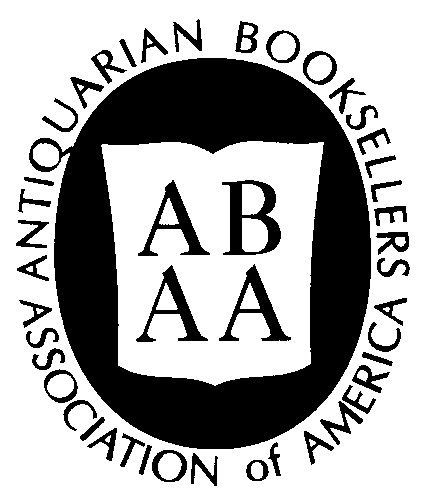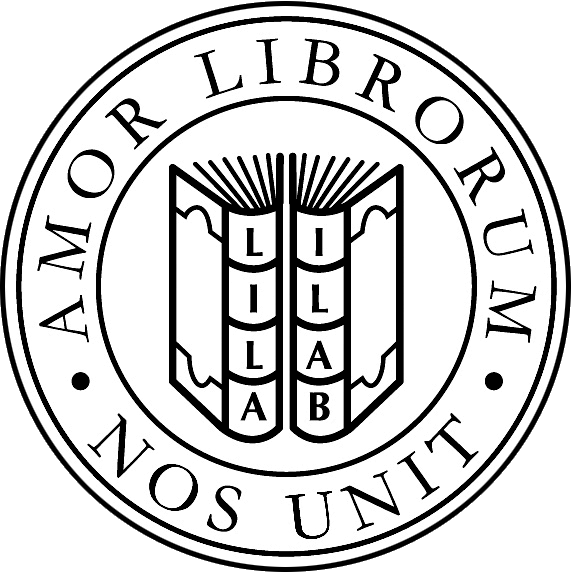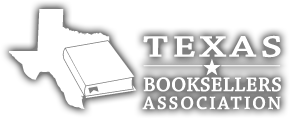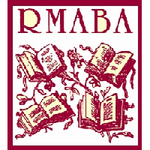Dealer in Rare and First-Edition Books: Western Americana; Mystery, Detective, and Espionage Fiction
Last Of The Great Scouts. The Life Story Of Col. William F. Cody, "Buffalo Bill," As Told By His Sister, Helen Cody Wetmore
HELEN CODY WETMORE
Other works by HELEN CODY WETMOREPublication: The Duluth Press Publishing Company, 1899, Chicago and Duluth
First edition. 8vo. Inscribed in ink on the front free fly leaf: "With the compliments of the subject W. F. Cody 'Buffalo Bill' To Dr. R. H. Haslam, 'Pony Bob' of Pony Express Fame, April 11th 1901, New York." Original maroon cloth, with buffalo head in blind on front and rear covers and titles stamped in gilt on the front and rear covers and the spine, frontispiece (picture of Helen Cody Wetmore), xiv, 296 pp., Genealogy of Buffalo Bill, preface, illustrated, plates. An inked bit of information beneath the frontispiece picture of the author noting that she "died Feb. 8th 1911." "Haslam is credited with having made the longest round trip ride of the Pony Express. He received the eastbound mail at Friday’s Station during a time when the Paiute Indians were on the warpath. Area residents were frantically working to fortify their property against war parties whose signal fires were blazing on every peak for a hundred miles. When he arrived at the Carson River, 60 miles away, he found that the settlers had seized all the horses at the station for use in the campaign against the Indians. He went on without a relay down the Carson River to Buckland's Station 15 miles farther. Here, his relief rider was so badly frightened over the Indian threat that he refused to take the mail. Within ten minutes Pony Bob was in the saddle again. He rode 35 miles to the Carson Sink; got a fresh horse and made the next 30 miles, without a drop of water; changed at Sand Springs and again at Cold Springs; and after 190 miles in the saddle, turned the pouches over to J.G. Kelley at Smith’s Creek. After a rest of nine hours, he retraced his route with the westbound mail. At Cold Springs he found that Indians had raided the place, killing the station keeper and driving off the horses. It was growing dark. He rode his jaded animal across the 37-mile interval to Sand Springs, got a remount, and pressed on to the sink of the Carson River. Afterward, it was found that during the night he had ridden straight through a ring of Indians who were headed in the same direction in which he was going. Finally, he reached Buckland’s Station, without a mishap and within four hours of the scheduled time. The 380-mile round trip was the longest on record for the Pony Express. Perhaps his greatest ride, 120 miles in 8 hours and 20 minutes while wounded, was his most important contribution and the fastest trip ever made by the Pony Express. The message carried was Abraham Lincoln’s Inaugural Address. Haslam resigned and retired from express riding the Idaho Route. Sye Macaulas took over the route and was killed by Indians the first time he covered the route. Haslam also scouted for the U.S. Army, served as a Deputy United States Marshal in Salt Lake City, Utah, and accompanied his good friend Buffalo Bill Cody on a diplomatic mission to negotiate the surrender of Chief Sitting Bull in December 1890.”--- Legends of the West. No reference to R. H. Haslam being a doctor as the inscription indicates, however a letter was found written by Bill Cody to R. H. Haslam in 1900, and held by the Milner Library in Illinois State University. At the bottom of the letter is a note in a hand other than Cody's that says: "written to Dr. Robert H. Haslam, famous as "Pony Bob" of the Pony Express history." A bit of cosmetic touch-up to the corners, a small bit of pencil underlining occasionally found throughout the text, else a very good +, tight copy, housed in a cloth slipcase with leather spine label and titles stamped in gilt.
Inventory Number: 48874






![The Outlaws. PRONZINI, BILL & MARTIN H. GREENBERG [EDITED BY].](/media/images/thumb/10395.jpg)







